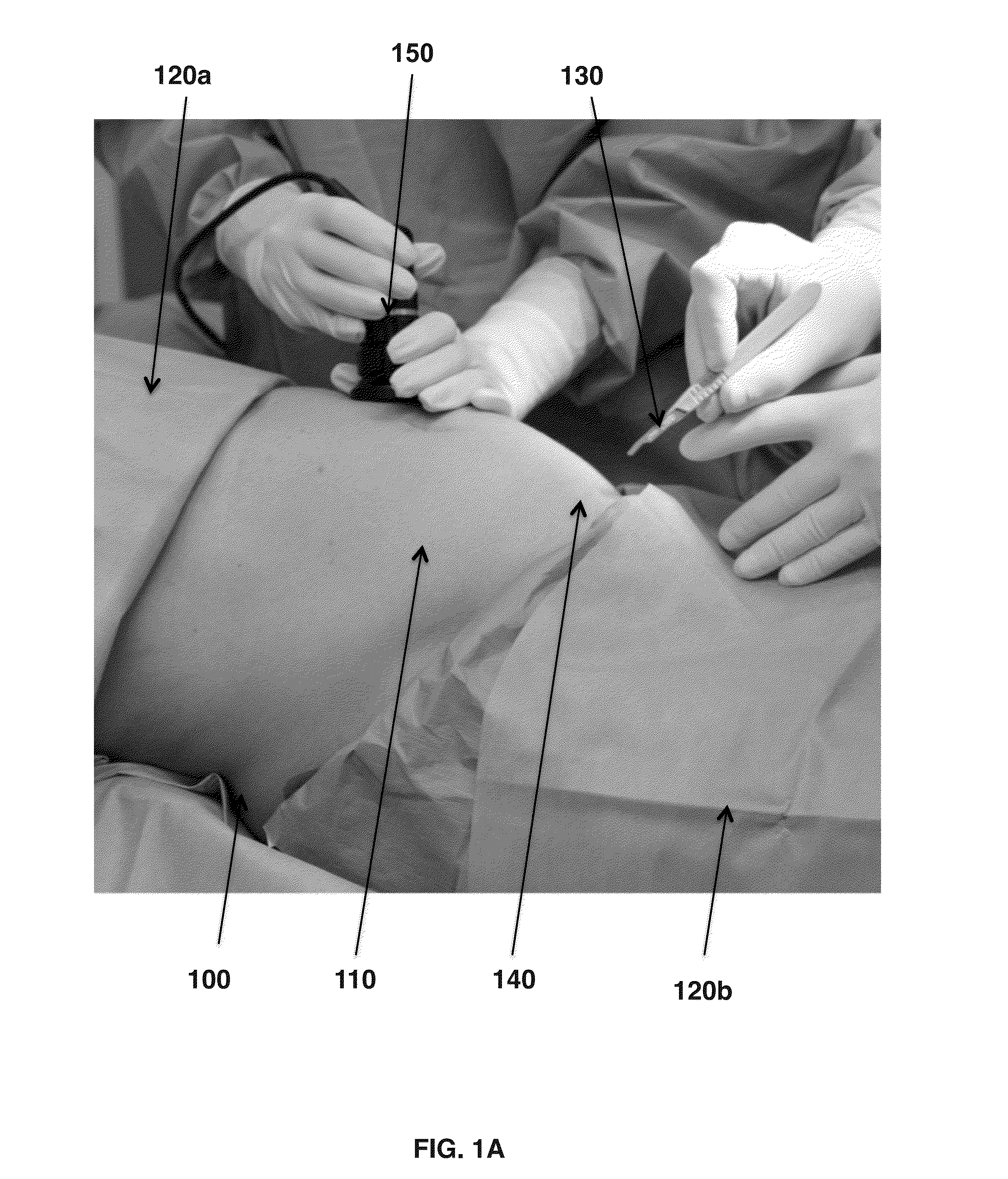Method for Obtaining Sterile Human Amniotic Fluid and Uses Thereof
a technology of amniotic fluid and sterile amniotic fluid, which is applied in the field of sterile obtention of amniotic fluid and the isolation of biomolecules from amniotic fluid, can solve the problems of undesirable adsorption and important volume loss, and achieve the effect of improving the stability of its growth factors and other peptide hormones, facilitating and minimizing the cost of its commercial distribution
- Summary
- Abstract
- Description
- Claims
- Application Information
AI Technical Summary
Benefits of technology
Problems solved by technology
Method used
Image
Examples
example 1
[0056]Human amniotic fluid is collected from selected caesarean sections, which make aspiration of the amniotic fluid in clean condition possible. Then the amniotic fluid is stored in refrigerated condition at 2° C. to 6° C. before the clarification and filtration process. The amniotic fluid is centrifuged at 5,000 to 10,000 rpm for 30 minutes to 1 hour in 50 mL to 250 mL swing out buckets. The supernatant is collected. When collecting the supernatant it is important to avoid detaching or aspirating insoluble components possibly coming from the pellet or from the fatty overlayer. If the supernatant still contains residual insoluble components, it may be pre-filtered with 5 to 10 μm cellulose esters capsule pre-filters without Triton surfactant to avoid contamination in the filtration process. The liquid phase is collected and filtered with poly ether sulfone 1.0 μm capsule filters and the liquid is collected. The liquid is then filtered with poly ether sulfone 0.2 μm capsule filter....
example 2
[0058]Human amniotic fluid was collected from selected caesarean sections, which make aspiration of the amniotic fluid in clean conditions possible. Then the amniotic fluid is stored in refrigerated condition at 2° C. to 6° C. for less than 72 hours, before the clarification and filtration process. The amniotic fluid is centrifuged at 5,000 to 10,000 rpm for 30 minutes to 1 hour in 50 mL to 250 mL swing out buckets. The supernatant is collected and filtered with poly ether sulfone 1.0 μm capsule filters.
[0059]The liquid is collected and then filtered with poly ether sulfone 0.2 μm capsule filter. The filtrate is transferred to vials and sealed with stoppers aseptically.
[0060]Four samples are taken. In each sample, the concentrations of growth differentiation factor 11 before the centrifugation, after centrifugation and after filtering are measured. The results are plotted in FIG. 7. It is shown that although part of growth differentiation factor 11 are lost in centrifugation and fil...
example 3
[0061]The amniotic fluid from the final filtration is aseptically transferred to syringes or vials, then kept in a deep freezer at about −80° C. to about −20° C. for long term storage.
[0062]The sterile amniotic fluid is dried in the vial via lyophilization in a built-in a sterile environment. The lyophilisate derived from the amniotic fluid is reconstituted with sterile water before its injection or topical administration. The lyophilisate can be stored at from +4° C. to about +25° C. (room temperature). All of this operation may be carried out in sterile condition and does not need additional sterilization methods such as a final irradiation.
[0063]If needed, the lyophilisate derived from amniotic fluid through lyophilization may be irradiated by e-beam irradiation or gamma ray irradiation to add another guarantee for the final sterility of the powder. Irradiation of a lyophilisate is much less denaturing for proteins and peptides than irradiating aqueous solutions, because the abse...
PUM
| Property | Measurement | Unit |
|---|---|---|
| pore size | aaaaa | aaaaa |
| pore size | aaaaa | aaaaa |
| pore size | aaaaa | aaaaa |
Abstract
Description
Claims
Application Information
 Login to View More
Login to View More - R&D
- Intellectual Property
- Life Sciences
- Materials
- Tech Scout
- Unparalleled Data Quality
- Higher Quality Content
- 60% Fewer Hallucinations
Browse by: Latest US Patents, China's latest patents, Technical Efficacy Thesaurus, Application Domain, Technology Topic, Popular Technical Reports.
© 2025 PatSnap. All rights reserved.Legal|Privacy policy|Modern Slavery Act Transparency Statement|Sitemap|About US| Contact US: help@patsnap.com



